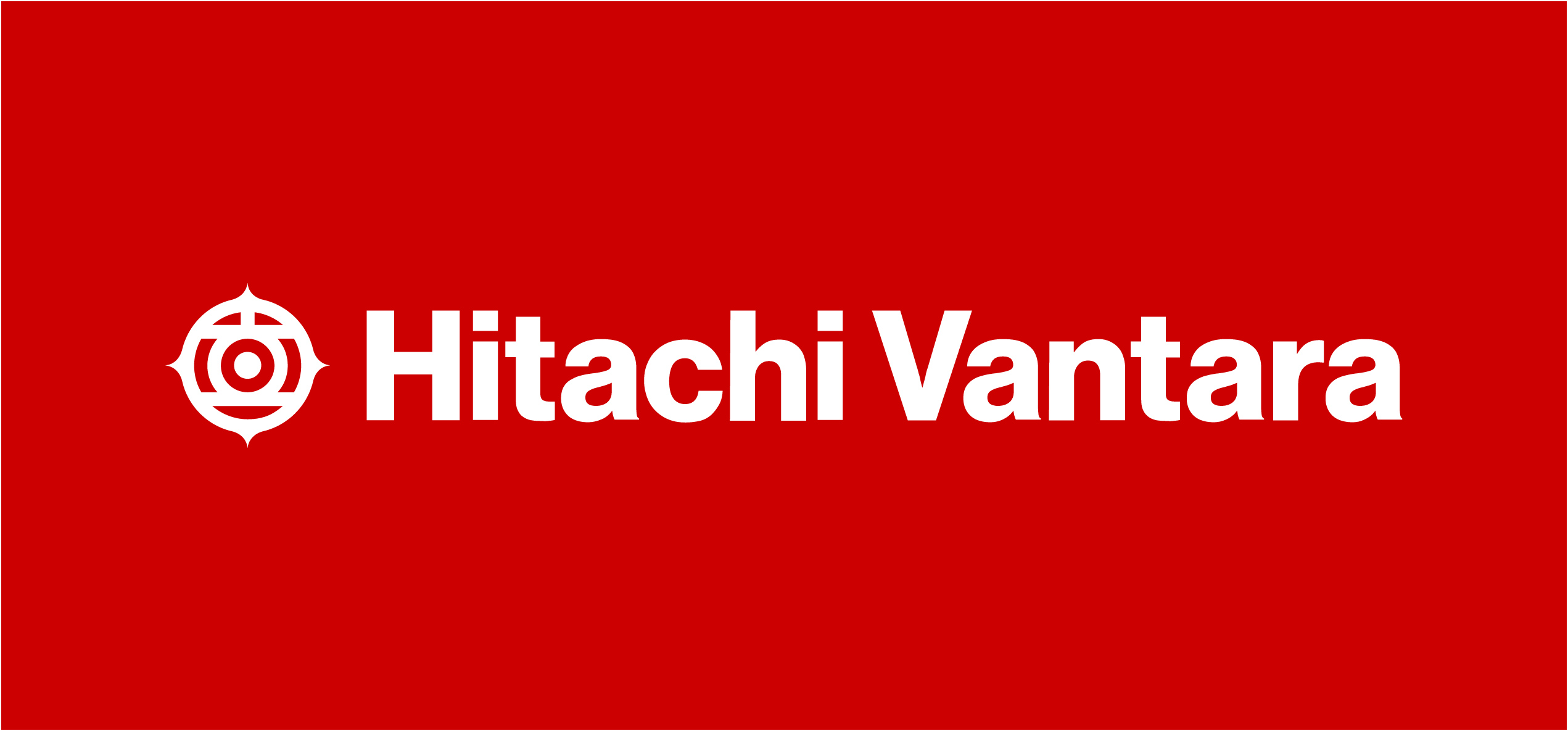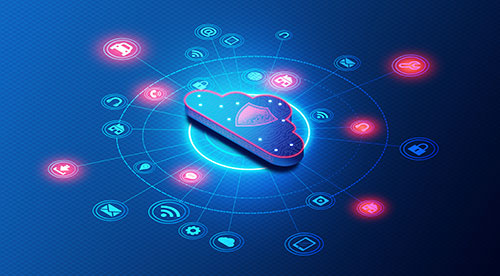Many technology experts compare the advent of Generative AI (GenAI) to the rollout of the first personal computers by IBM in 1981 or the internet explosion of the mid-1990s.
While technology has certainly evolved exponentially from the first mainframes pioneered by the likes of Alan Turing in the 1940s, few technologies have quite captured the public’s imagination right from the start as when OpenAI first introduced ChatGPT in November 2022.
According to OpenAI, ChatGPT acquired 1 million users just five days after launching in November 2022. By comparison, it took Instagram 2.5 months to reach 1 million downloads and Netflix had to wait 3.5 years to reach 1 million users. Today, ChatGPT has more than 180 million users.
Jason Hardy, chief technology officer of AI at Hitachi Vantara, explains that while AI has been around for several years, GenAI and large language models (LLMs) such as ChatGPT have transformed AI from reactive to proactive. Hardy said AI used to mean that we could have a robot move all the red cans and blue cans to a specific pallet in the warehouse.
“Today, AI lets us create,” said Hardy. “It lets me write a poem even though I am not trained in poetry. I can ask ChatGPT to summarize Hitachi Vantara’s last 10K report, and it also simplifies software development. While it’s not perfect, it can help cut through the noise of the development cycle. Recently about 75% of the code we used ChatGPT to develop was workable.”
Hardy said that’s why all vertical industries are busy evaluating GenAI. At banks, it starts with bots alleviating the burden on the call center and has moved into human resources, finance, and marketing applications.
Partnership with NVIDIA
Hitachi Vantara announced Hitachi iQ – a partnership with GPU-maker NVIDIA to deliver AI solutions for operational technology environments in the manufacturing and industrial equipment sector.
With Hitachi’s background in building trains, industrial facilities, and developing hard drives and storage technology, Hardy says the partnership with NVIDIA aims to work closely with customers to help them map out an AI journey. Customers need to understand what mission-critical AI means and how AI-enabled applications can work both in the cloud and on-premises.
“Whether you are in the cloud, on-premises, or somewhere in the middle, we will meet you where you are at,” says Hardy. “We’ll work with you to understand your data and help customers tune their data so they know which data should live where. The NVIDIA chips have the ability to ingest a great deal of data at high speeds and can help customers get the most bang for their buck with AI.”
Image Credit: The Channel Company

